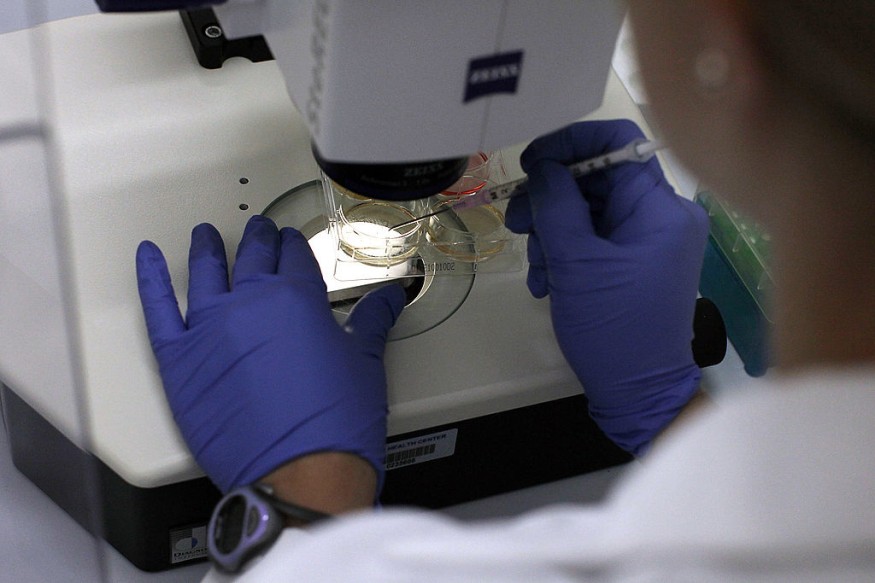
Animal cloning has come a long way from Dolly the sheep, but all through that time the ethical and scientific repercussions only continue to pile up.
One thing is getting clearer though: The cloning process has improved by leaps and bounds (though not yet on the levels shown in science-fiction). This has resulted in headways in a number of cloning-related endeavors, from the revival of endangered (and even extinct) species to replicating dead pets.
Still, both critics and proponents are still a bit out of touch with regards to how current cloning tech is being used to address these issues.
Animal cloning - Downplaying risks or advantages?
#1. Cloning and animal reintroduction
There is some truth to the hype that bringing back the woolly mammoth via cloning could be in the not-so-distant future.
On the other hand, many critics question the wisdom of bringing back prehistoric animals to habitats that have long changed from their disappearance. Still, this ignores the possibility of restoring more recently extinct species and how cloning could counteract such drastic environmental changes from their loss.
#2. Cloning and genetic diversity
Another popular argument against cloning is the idea that its novelty and high costs could be redirected to more natural methods of conservation. But while that may be true for a majority of endangered species, it may not be so for those that have been officially declared extinct in the wild.
Cloning could be an important tool in ensuring the genetic diversity that allows populations in captivity to grow (and make reintroduction more feasible).
#3. Cloning and 'designer animals'
The idea of cloning animals that retain a set of desirable traits has raised considerable alarm (especially among more conservative groups). However, there are benefits to the practice that cannot be ignored.
Replicating the sharp noses of bomb sniffer (or even disease sniffer) dogs could make a difference in times of need. Likewise, cloning cattle with more consistent yields of milk and meat could have applications for more efficient livestock farming.
Managing the expectations of animal cloning
Now, despite the advances, today's cloning technology is still decades away from producing perfect, one-for-one genetic copies of an original animal. Differences (even large ones) can still be found. There is also the fact that environment, behavior and upbringing could still drastically alter the genetic makeup of a cloned animal (as the study of epigenetics will gradually reveal).
Throwing a bit of caution to the wind will also be important if the increase of cloned designer animals could lead to other adverse effects on the global environment (especially in the feeding of quality livestock). The same applies to the use of clones to restore and reintroduce critically endangered species.
Overall, the bounds of the technology's research has expanded considerably (and so has the conversation). But at the same time, it is important to have a strong sense of moderation regarding its application. It has the potential of causing problems and incurring needless costs, but these should not discourage future research on cloning's potential.
© 2025 NatureWorldNews.com All rights reserved. Do not reproduce without permission.





